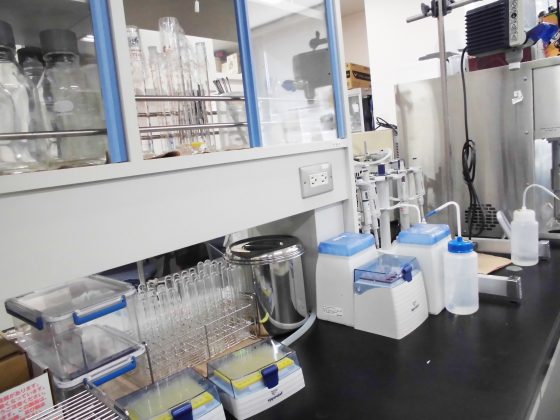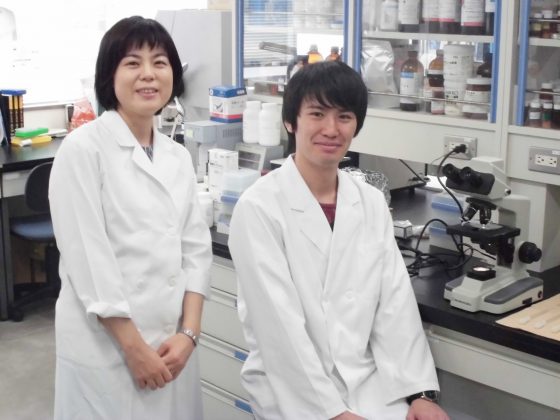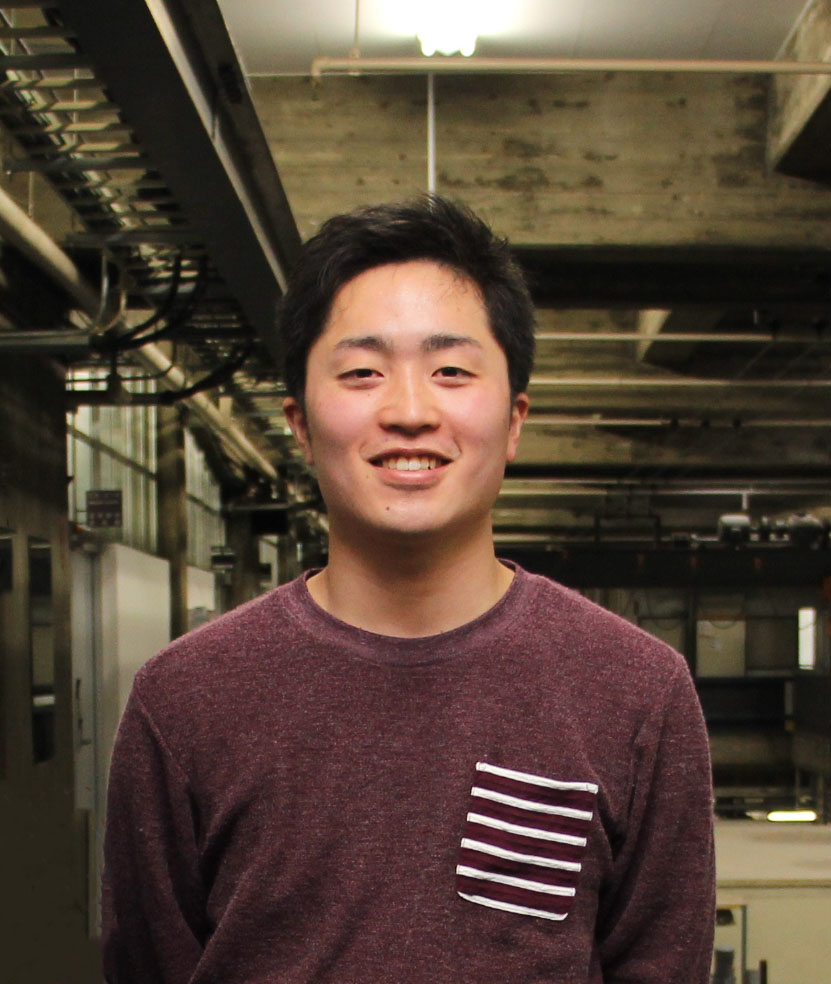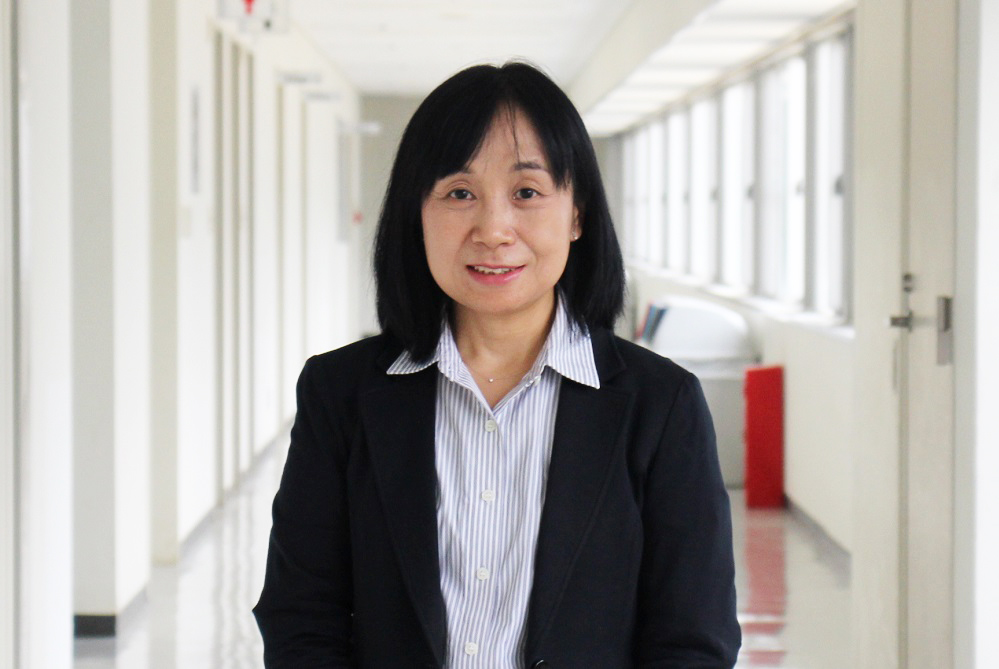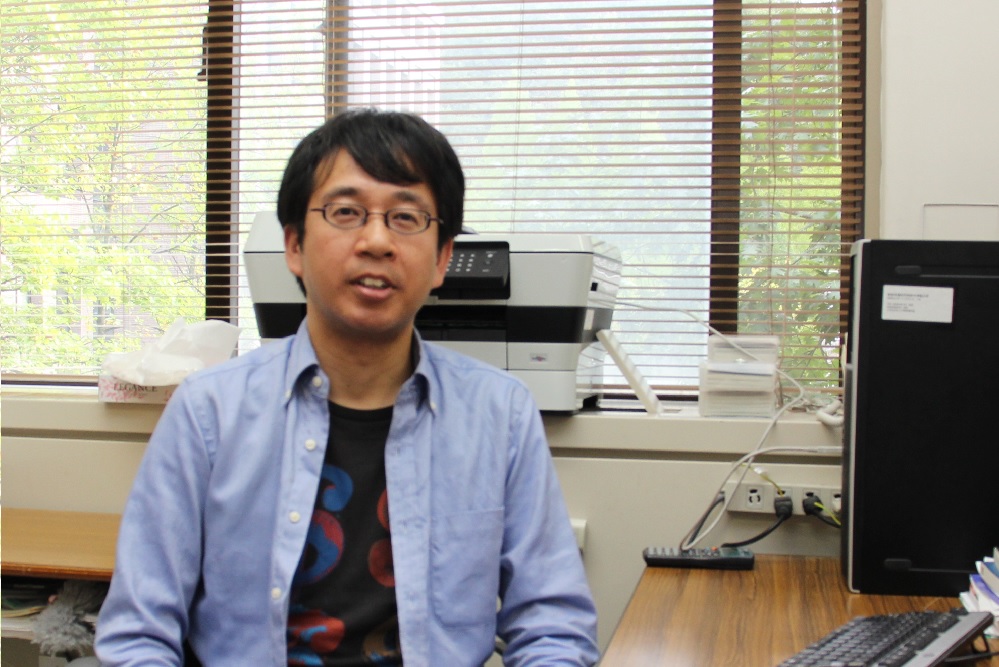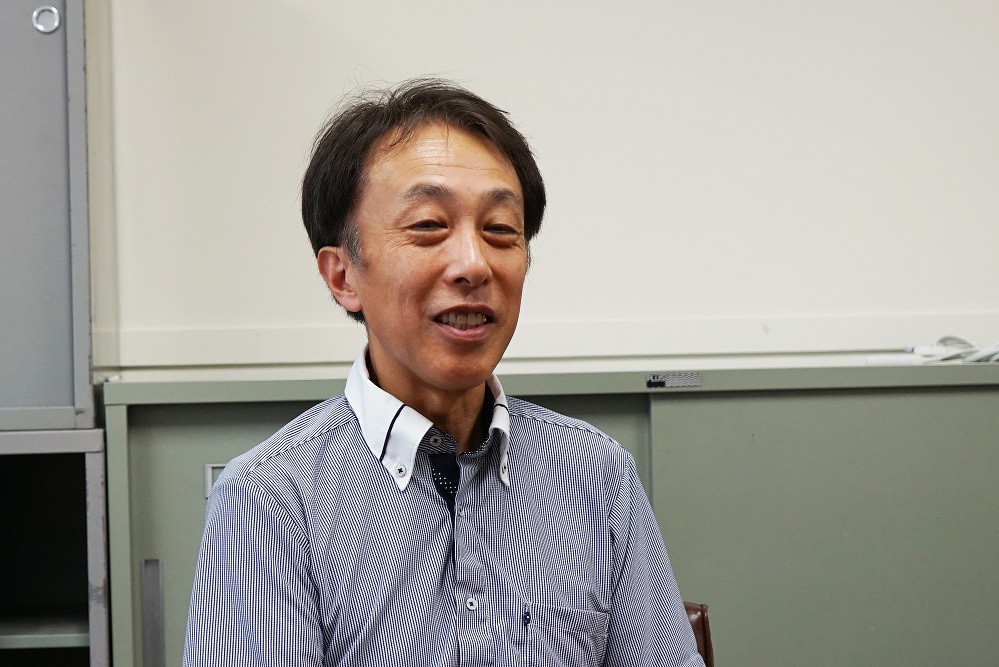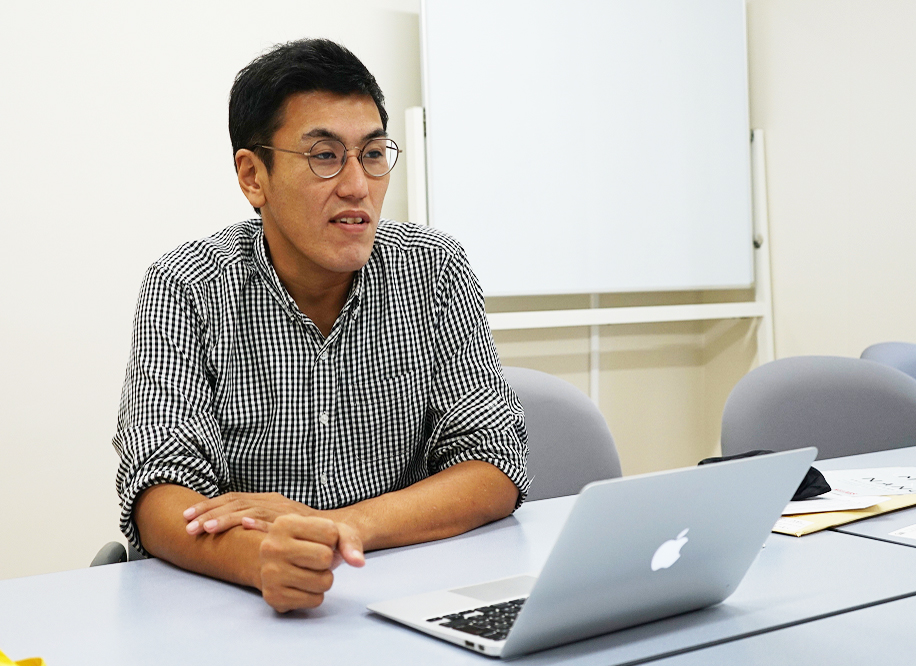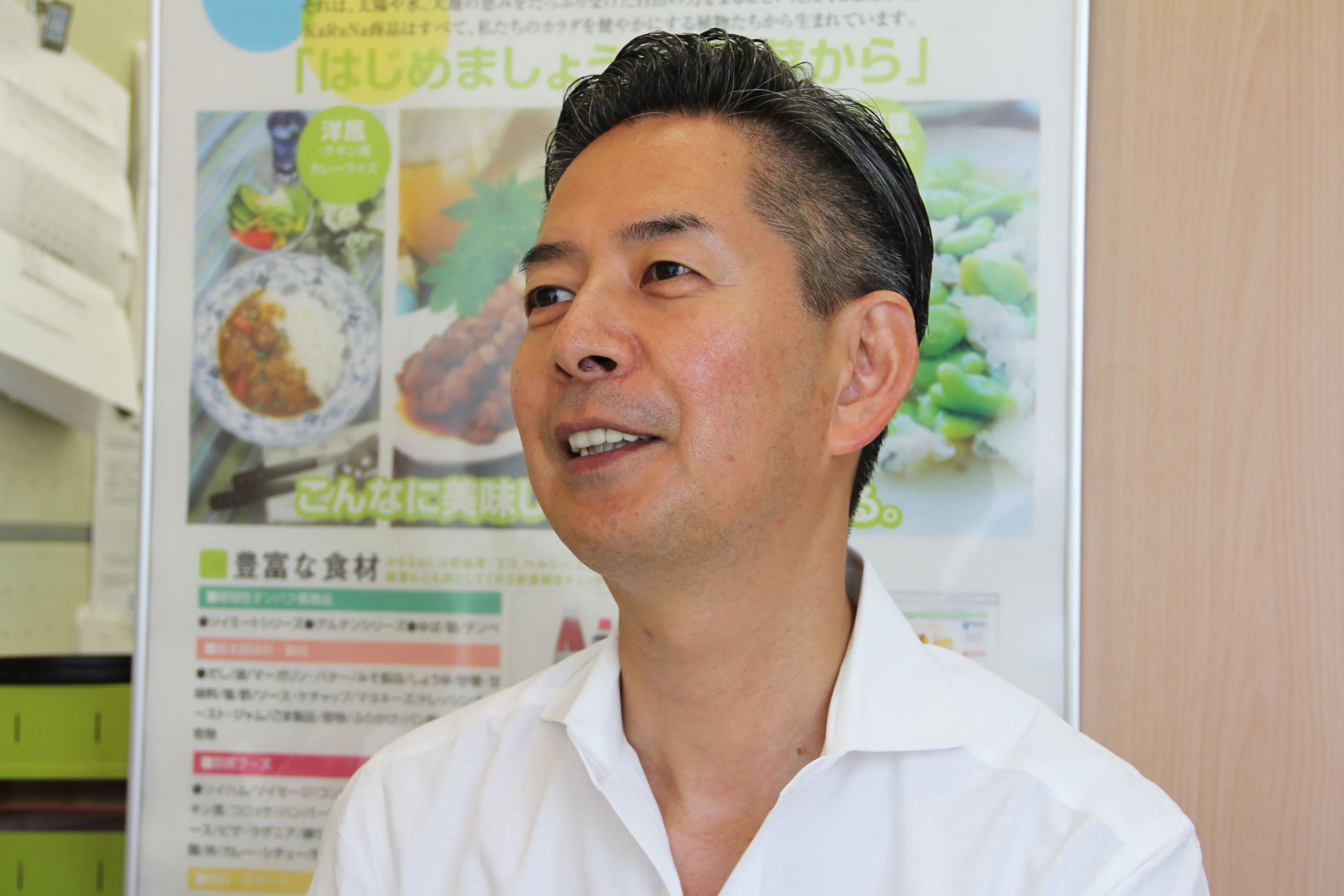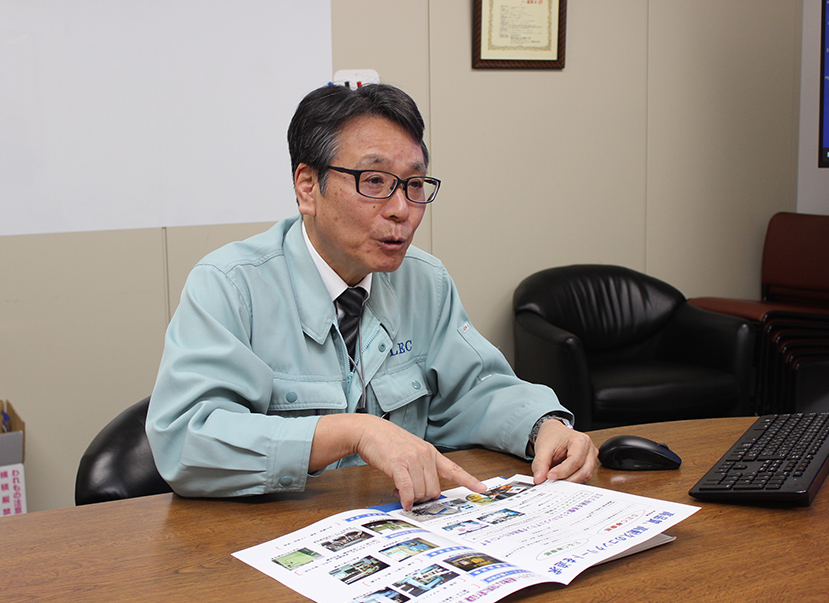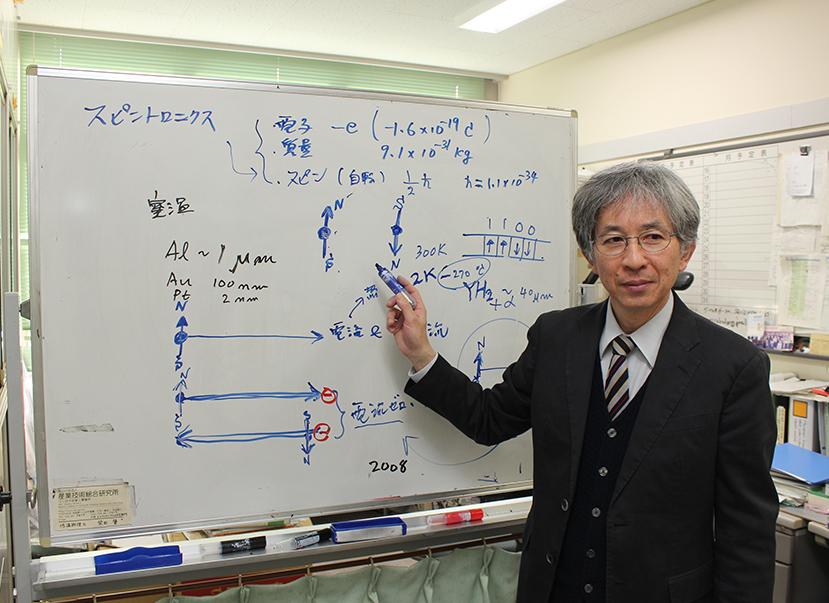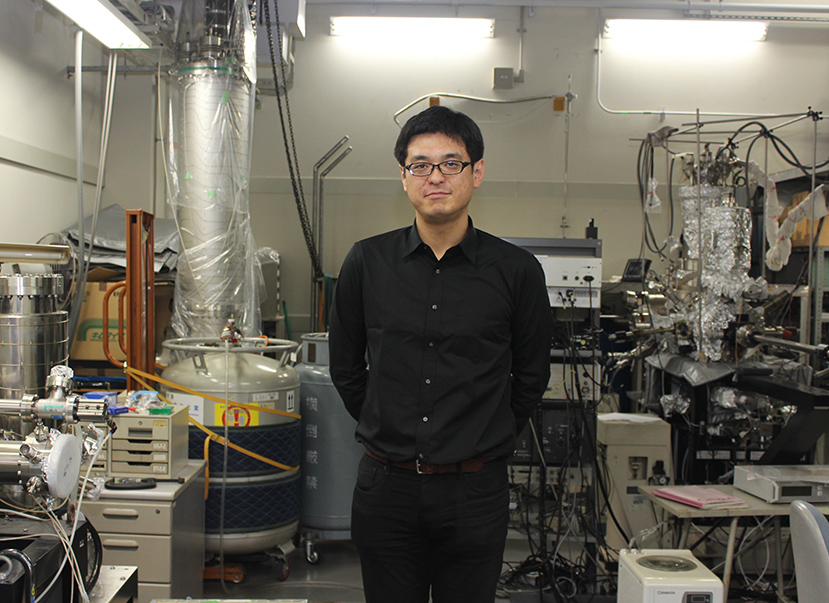User Interview
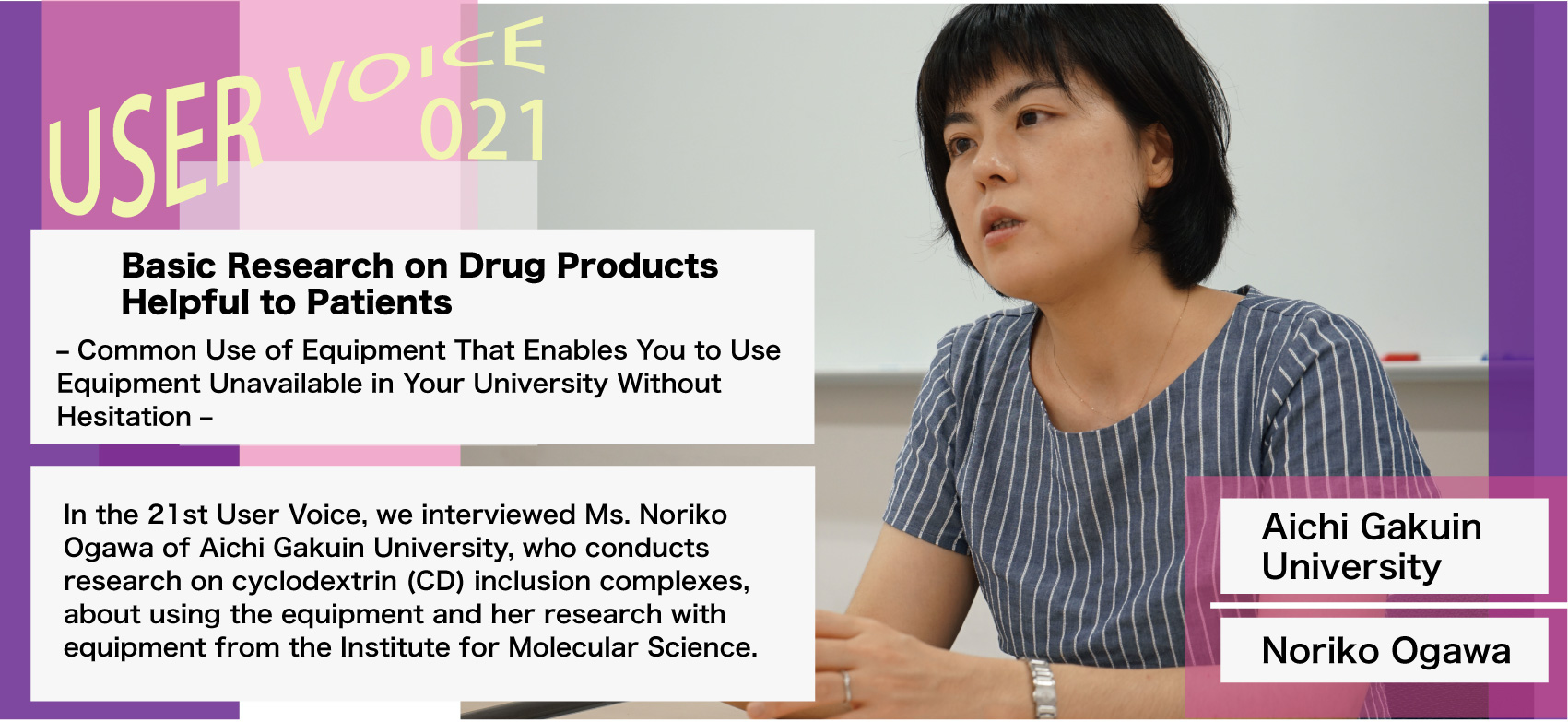
―Ms. Ogawa, I have not seen you in a long time. (She’s known the interviewer for a long time) I often see your name on reports. Thank you for using our services, ha ha.
Thank you, too. I often use your services.
―Originally, how did you learn about the Institute for Molecular Science (Nanotechnology Platform)?
Seven years ago I came to Aichi Gakuin University. At that time, I did not know whether the university had the equipment I wanted. So, I asked the manufacturer whether my university had this equipment. They answered and told me in detail that they had not delivered any equipment to the university, but the Institute for Molecular Science had that equipment and that I would be able to use it. And then they explained the necessary procedures.
―That was a nice job by the manufacturer.
I felt almost hopeless when I learned that my university did not have it. But they told me in detail. I am very grateful that I have actually used it many times. After that, I also told other teachers about it. I am worried that it might be too famous, ha ha. (Teaching staff from other colleges of pharmacy use TEM. At the Institute for Molecular Science, it has been disposed of, so the support is continuing at Nagoya University.)
―What’s your research subject, CD inclusion complexes?
The structure of the CD is like a bottomless bucket. The inside is hydrophobic, so the CD is able to uptake a variety of compounds. My research is to uptake unstable compounds or compounds difficult to dissolve in water in order to make drug products. Some CD inclusion complexes have already been on the market as drug products. But I am performing detailed analyses of the interactions between the CD and the compounds or the behavior by using a single-crystal X‐ray diffractometer as basic research. In the actual measurement, I perform single-crystal X-ray diffraction measurements while spraying nitrogen at low temperatures to suppress molecular motion.
―Speaking of drug products, we thought of research on product development.
Of course, there are many research subjects related to formulations that lead to product development. Pharmaceutics are the closest study to patients among the research of a college of pharmacy, right? So, we have many collaborative research projects with companies. In addition, we are doing research that can to the commercialization of products. However, regarding this research subject, we are doing basic research as an approach that is different from commercial companies. In companies, they cannot conduct such detailed basic research like this, so we are exchanging information in collaborative research projects. Of course, basic data is also necessary for formulation design.
Research on Pharmaceutical Sciences Closest to Patients
―How did you feel when you used the Institute for Molecular Science?
Basically, I operate the equipment on my own. But if a problem occurs or there is anything I do not understand, I call the technical staff at their extension as many times as necessary. I am worried about whether I am now on a blacklist. (No problem!)
Everyone is kind enough to tell me in detail how to operate the equipment, so I can learn the operation properly. I have even become able to use analysis software.
―What is the advantage of using the Institute for Molecular Science?
First, I can use equipment that I do not have. In addition, since I go there with students every time, I believe they are stimulated by seeing other facilities.
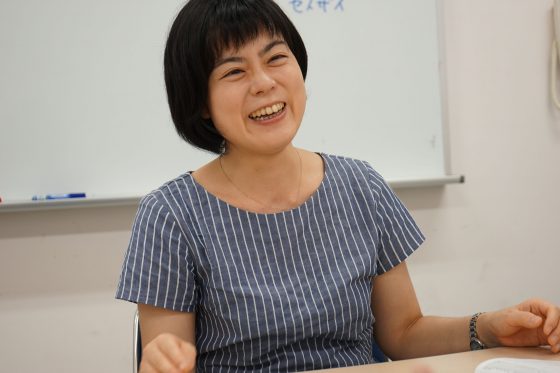
―Please let me hear your future research and the goal.
I feel that the attraction of pharmaceutical sciences is that it helps patients through manufacturing drugs. One of the other attractions is that I can conduct basic research on something that will lead to products in a place close to the manufacturer.
I will keep doing research that is useful with the support of equipment from the Institute for Molecular Science or other institutes.
